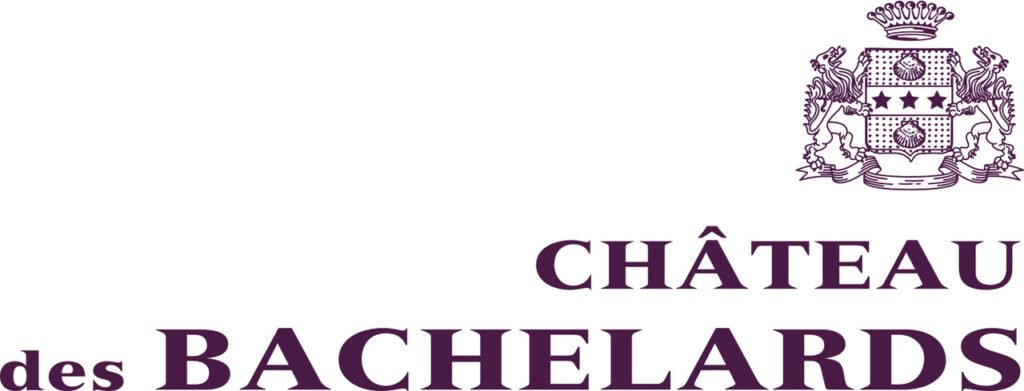Château des Bachelards is fortunate to grow vines on some of the finest terroirs in Beaujolais. To respect these great terroirs and express them in the purest possible way in our wines, biodynamic viticulture was an obvious choice. The vines have been worked organically since 2007 and biodynamically since 2014. The absence of chemical (or mineral) fertilisers and the careful tillage of the soil encourage the vines to sink their roots deeper into the soil to find their water and nutrient resources. It is here, in contact with the granite rock, that the vines will imbibe the DNA of our terroir and pass it on to their grapes and then to the wine.
The soil of a biodynamic vineyard is particularly lively. It has a high density and diversity of fauna. These millions of worms, insects, fungi and bacteria are the pillars of a functioning ecosystem, capable of breaking down the soil's organic matter and making it available to the vine's roots. Good viticulture is therefore based on a balanced ecosystem in the soil, but also in the vine's environment. The variety of plant species surrounding each plot is vital to maintaining the biodiversity necessary for the vine's survival. The plant cover in the vines, the hedges and the trees provide shelter and food for animals and insects that help to maintain the balance of the ecosystem in which our vines are integrated.
Biodynamic farming also means paying attention to lunar cycles and astronomical phenomena. The moon exerts a gravitational force on the Earth's water masses (the tides) and, more generally, on all the water flows that traverse it. The vine, like every living thing, is influenced by the movement of the moon around the earth, but also, to a lesser extent, by that of the stars and planets that surround it (Sun, Mars, Venus, Mercury...). The biodynamic viticulture practised at Les Bachelards therefore draws on this knowledge, which our ancestors mastered so well, to help the vines become naturally more resistant. By carefully selecting the dates for all vine-growing operations according to the biodynamic calendar (pruning, tilling, disbudding, harvesting, etc.), we can increase their effectiveness or limit certain risks associated with the operation.
The power of nature doesn't stop there. At Château des Bachelards, we use plant-based preparations (horsetail, camomile, nettle, yarrow, etc.) that we spray on our vines to help them cope with the difficulties they encounter during their growth cycle: frost, hail, drought, fungal diseases. This, combined with traditional biodynamic preparations based on cow dung and silica, means that we are increasingly free of the phytosanitary products that continually damage the magnificent terroirs that the earth has given us.


